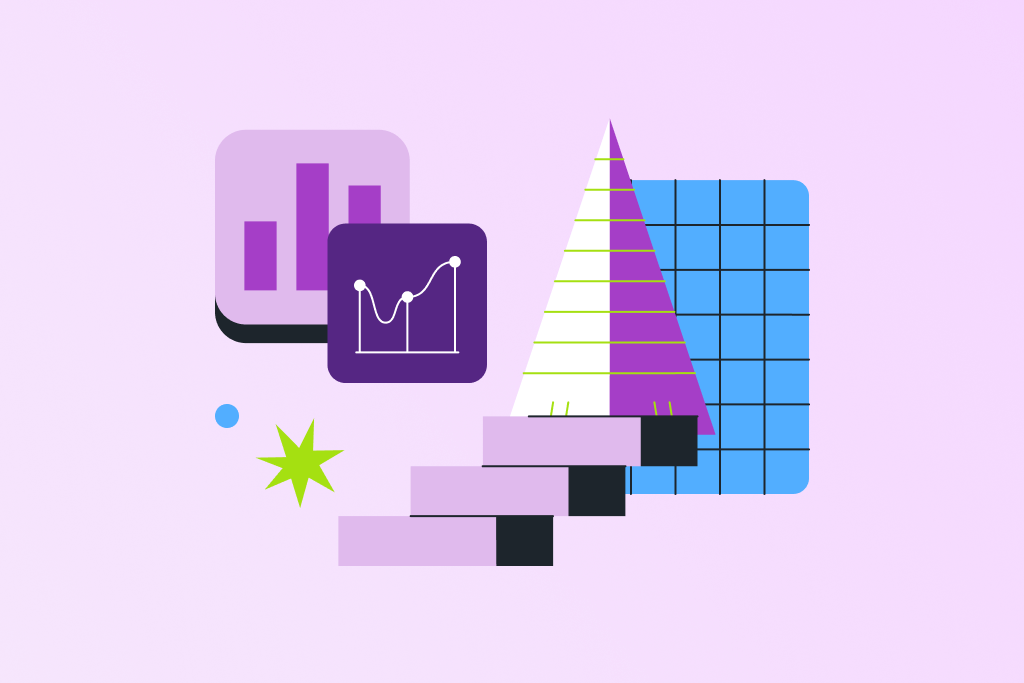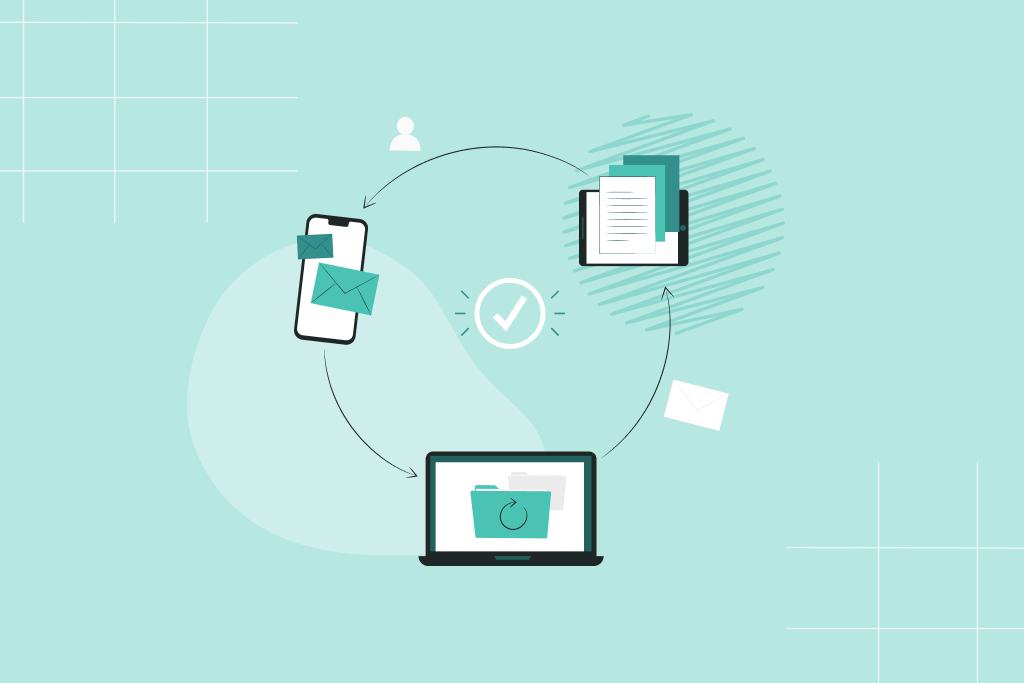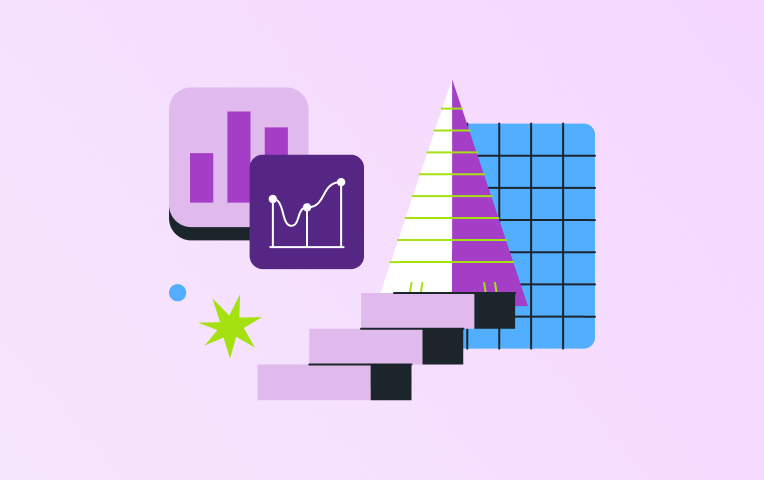In today's modern business landscape, Human Capital Management (HCM) and Enterprise Resource Planning (ERP) often take the spotlight in discussions about operational efficiency. Both powerhouses are essential to managing various parts of an organization, helping to streamline processes and maximize productivity.
Picture this: two superheroes, both equipped with the unique power to fine-tune organizational gears and supercharge efficiency. That's what HCM and ERP systems are. At first, they may seem very similar, but a deep dive into both reveals distinct purposes and key functionalities that cater to different needs. So, how do they stack up? Are they allies or rivals?
Let’s put an end to the HCM vs ERP debate. We’ll shed some light on how they compare so you determine which is right for your business (if not both) and unleash their full potential, driving increased efficiency and profitability.
What is HCM software?
Before diving deep into comparisons, let's ensure we've got the terminology straight. HCM focuses on managing an organization's workforce-related activities. HCM systems provide a centralized platform for payroll and HR professionals to handle all aspects of employee management, from hiring to retirement. It streamlines HR processes, such as talent acquisition, onboarding, payroll, performance management, training, and employee engagement. It's like a toolbox filled with strategies and processes that help organizations make the most out of their workforce to boost productivity and reduce labour costs.
What is ERP software?
ERP systems, on the other hand, are the ultimate finance and operations maestros. They seamlessly integrate core business processes such as accounts payable, accounts receivable, financial reporting, inventory management, and other operations into a single system. In some cases, ERP solutions also have customer relationship management (CRM). ERPs allow organizations to streamline operations and improve efficiency by providing a central hub with the data and tools needed to manage various aspects of their business.
HCM and ERP similarities
Let's jump right into the comparison. To kick things off, let's explore the similarities and how HCM and ERP systems closely align in terms of integration, data management, automation, and compliance. As we delve deeper into each point, we'll uncover the nuances that make these systems crucial for modern businesses.
Integrating business processes
Both HCM and ERP systems prioritize integrating various organizational processes and functions. They accomplish this through process integrations, with HCM systems focusing on workforce-related activities and ERP systems on financial and operational functions. Process integrations eliminate silos, enhancing operational efficiency and productivity. They also facilitate communication and information sharing among different departments, streamlining workflows so teams can achieve shared business objectives.
Simplifying data management
When it comes to data management, both HCM and ERP systems have centralized databases and robust data management capabilities. These features allow you to store, organize, and analyze large volumes of data effectively. In HCM systems, this includes employee information such as personal details, performance metrics, training records, and payroll data. Similarly, ERP systems manage data, such as financial transactions, inventory levels, customer interactions, and supplier information. This approach ensures data is secure, accessible, and consistent, allowing for more informed decision-making and streamlined operations. Plus, both HCM and ERP systems offer reporting and analytics tools, giving organizations valuable insight into their operations.
Automating manual tasks
HCM and ERP systems automate time-consuming repetitive tasks, reducing manual effort and minimizing errors. In HCM systems, this includes onboarding, payroll processing, employee scheduling, performance evaluations, and other processes. Meanwhile, ERP systems automate tasks related to accounting, financial reporting, tracking inventory, processing orders, and more. By automating these processes, you can increase efficiency and accuracy while freeing up employee time to focus on more strategic initiatives.
Compliance
In terms of compliance, both systems make it easy for you to adhere to regulations and internal policies. They often include features for tracking and managing regulatory requirements related to HR practices, financial reporting, and industry-specific regulations. HCM systems include features like tracking training compliance, remittance reporting, and audit trails. Meanwhile, ERP systems offer features that ensure financial compliance. With the features and functionality provided by both systems, you can reduce risks, avoid penalties, and maintain legal and regulatory requirements.
HCM and ERP differences
Even though HCM and ERP systems have a lot in common, they fundamentally serve different functions within an organization. HCM systems are more people-centric, specifically designed to optimize human capital-related processes and activities. ERP systems are more operations-centric, encompassing a different scope of core business functions beyond HR. There is some overlap, but you can think of them as a Venn diagram with a small amount of overlap. So let’s look at some of the key differences.
Key users
Each system caters to different groups and departments within an organization. HCM systems are primarily for payroll and HR professionals and employees. This includes payroll managers, HR managers, recruiters, managers, and employees who use the self-service tools. These systems also have valuable data that those in finance and at the executive level are often interested in. On the flip side, ERP systems often serve finance and operations teams, including CFOs and controllers, supply chain managers, sales representatives, and customer support agents.
Purpose and scope
As we’ve alluded to earlier, these systems are designed to help businesses achieve different goals. HCM systems are primarily workforce management solutions while ERPs are financial systems with the added bonus of operational tools. Both can help you streamline your operations and increase profitability, but it depends on how you’re looking to achieve that within your business.
One of the most common questions we get is whether there’s a solution out there that combines all the benefits of HCM and ERP in one. The short answer? No. They are fundamentally different systems. A solution that has best-in-class workforce management features is unlikely to have the financial and operational features you’re looking for. The same is true for an ERP. It may be an industry-leading ERP solution, but the HCM features they offer are weak, if there are any at all.

Your best bet if you’re looking to get the best of both worlds is to explore integrations between an ERP or HCM. That way, you capitalize on the best tools available without sacrificing on functionality. The good news is, it’s not an either-or situation.
Thanks to integrations, you can leverage both ERP and HCM solutions to drive operational efficiency across your entire organization. Vendors may be quick to say their solution does it all, but the reality is there is no silver bullet solution that does financial management and workforce management perfectly.
Conclusion
So, there you have it: HCM vs ERP, finally explained. Today, mastering the power of HCM and ERP systems is essential to streamline your business functions, leading to greater efficiency and organizational success. However, HCM and ERP systems vary in terms of the key users they’re designed for and the purpose they serve.
By understanding the similarities, differences, and unique functionalities of HCM vs ERP systems, your organization can channel its full potential to optimize operations, enhance employee engagement and productivity, and drive growth. There is no right or wrong answer. The right system for you could be one on its own or a combination of both. It all comes down to what works best for your unique business situation.
Additional Reading Links
Ready to transform the way you work?
Conquer workforce challenges, streamline operations, and unlock your team's potential! Whether it's faster payroll processing, simplified scheduling, or automated workflows, we've got it all. An HCM software solution designed to make your work, less work.







